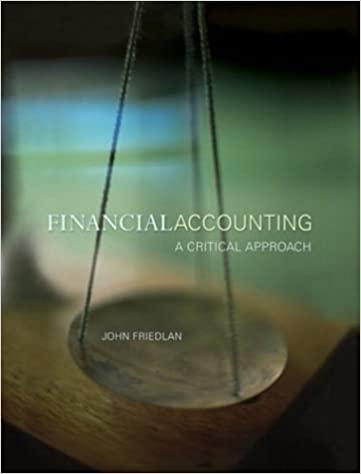(Examining materiality, LO 4) For each of the following situations, explain whether you think the amount involved...
Question:
(Examining materiality, LO 4) For each of the following situations, explain whether you think the amount involved is material.
a. Students in an accounting course receive a grade of A if they get 80% or more on the final exam. A student receives 79% on the final exam, but the instructor made an adding error and the actual grade is 80%. Is the one-mark adding error material?
b. Students in an accounting course receive a grade of A if they get 80% or more on the final exam and a grade of B if they get between 65% and 79%. A student receives a 69% on the final exam, but the instructor made an adding error and the actual grade is 70%. Is the one-mark adding error material?
c. A company with annual sales of $1,000,000, net income of $150,000, and total assets of $500,000 accidentally did not include a $100,000 sale made near the end of the year in its current year’s income statement. All costs associated with the sale were expensed in the current year’s income statement. Is the $100,000 omission material?
d. A company with annual sales of $1,000,000, net income of $150,000, and total assets of $500,000 accidentally did not include a $1,000 sale made near the end of the year in its current year’s income statement. All costs associated with the sale were expensed in the current year’s income statement. Is the $1,000 omission material?
e. An agreement to sell a business sets the selling price at five times average net income. A $10,000 expenditure that is normally expensed when incurred was capitalized. Net income, without considering the capitalized $10,000 item, was
$200,000.
f. In 2003 a company spent $200,000 on advertising and promotion. In 2004, because the company was short of cash, it spent $30,000 on advertising and promotion. Since the amount spent in 2004 was relatively small, management decided to include advertising and promotion in the general and administrative account on the income statement instead of reporting it separately as it did in its 2003 financial statements. In the 2004 financial statements, the 2003 amount was restated for consistency purposes so that it was also included in general and administrative expenses.
g. A company paid $500 for inventory it purchased from another company owned by the same shareholder.
Step by Step Answer:






